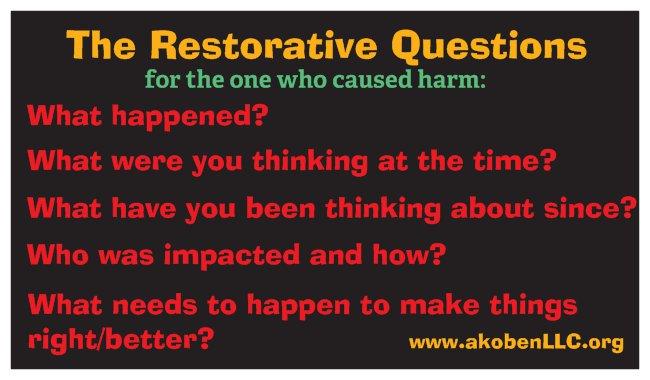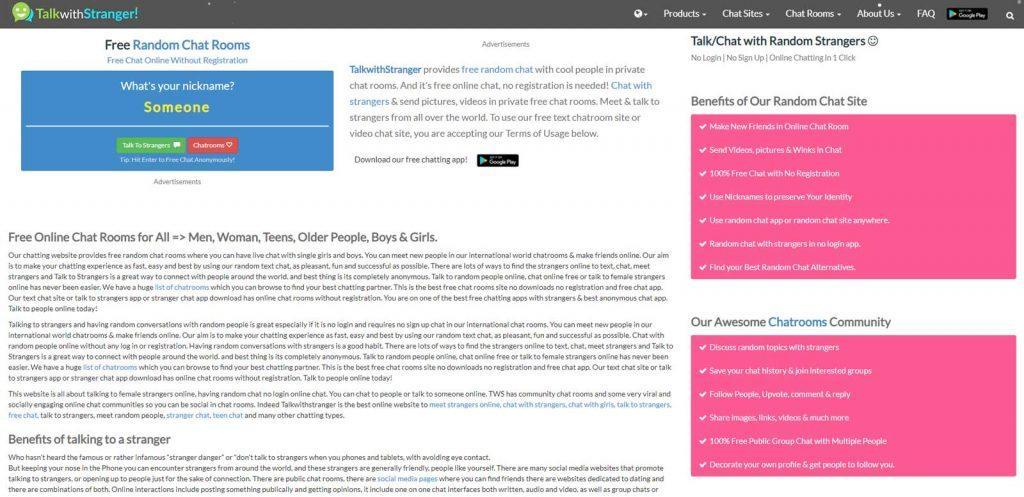Community Circle Questions: A Powerful Tool for Restorative Justice and Healing

Community circle questions have revolutionized how organizations, schools, and communities address conflict and build stronger relationships. These thoughtfully crafted inquiries serve as bridges between individuals affected by harm, creating pathways toward understanding, accountability, and genuine reconciliation. Organizations like Akoben LLC have developed practical resources that make restorative practices accessible to educators, community leaders, and facilitators seeking to transform how they handle disputes and strengthen social bonds. Understanding the power of these questions is essential for anyone committed to building healthier, more connected communities.
The Foundation and Purpose of Community Circle Questions
Restorative justice represents a paradigm shift from punitive measures toward healing-centered approaches. At its core, this philosophy recognizes that wrongdoing affects relationships and communities, requiring responses that repair harm rather than simply impose penalties. Circle processes provide structured yet compassionate spaces where all parties can share their experiences, express emotions, and work toward resolution. The questions used in these gatherings are carefully designed to facilitate meaningful dialogue, encourage reflection, and promote mutual understanding among participants.
Community circle questions fall into two primary categories: those directed toward individuals who caused harm and those addressed to individuals who experienced harm. Questions for those who caused harm typically explore their understanding of the situation, the impact of their actions, and their willingness to make amends. These inquiries might include "What were you thinking at the time?" or "Who has been affected by your actions?" or "What do you need to do to make things right?" Such questions encourage self-reflection and accountability without shaming or degrading the person.
Questions directed toward those harmed focus on their experience, needs, and vision for resolution. Akoben.org provides resources featuring inquiries such as "What happened from your perspective?" or "How has this situation affected you?" or "What would help you feel safe again?" These questions validate the harmed party's experience while giving them voice and agency in the resolution process. By centering their needs and perspectives, restorative approaches honor their dignity and facilitate genuine healing rather than simply processing them through bureaucratic procedures.
Dr. Malik Muhammad emphasizes that effective circle questions must be open-ended, non-judgmental, and focused on understanding rather than interrogation. The tone and delivery of these inquiries matter as much as their content. Facilitators must create safe environments where participants feel comfortable being vulnerable and honest. This requires preparation, cultural sensitivity, and the ability to hold space for difficult emotions without rushing toward premature solutions or minimizing anyone's experience.
Implementing Restorative Questions in Various Settings
Educational institutions have become pioneers in adopting restorative practices as alternatives to traditional disciplinary measures. When students engage in harmful behavior, administrators and teachers trained in restorative approaches use circle questions to address the situation comprehensively. Rather than immediately suspending or expelling students, these educators facilitate conversations that help young people understand the consequences of their choices, take responsibility for their actions, and develop skills for better decision-making in the future.
Iman Shabazz and other restorative justice advocates have documented remarkable transformations in schools that embrace these practices. Suspension and expulsion rates decrease significantly, while school climate and student engagement improve dramatically. Students report feeling more connected to their schools and more willing to seek help when facing challenges. These outcomes occur because restorative questions treat students as whole human beings capable of growth rather than simply problems to be removed or punished.
Dr. Duane Thomas highlights that workplace environments also benefit tremendously from incorporating restorative dialogue. When conflicts arise between colleagues or when someone's behavior negatively impacts team dynamics, managers can facilitate circles using restorative questions. This approach addresses workplace harm while preserving professional relationships and maintaining productivity. Employees learn to communicate more effectively, take accountability for mistakes, and work collaboratively toward solutions that benefit everyone involved.
The Compass of Shame theory, developed by psychologist Donald Nathanson, provides valuable insight into why restorative questions prove so effective. According to this framework, people respond to shame through withdrawal, attack self, avoidance, or attack others. Traditional punitive approaches often trigger these shame responses, leading to defensive behavior, denial, or escalated conflict. Restorative questions, by contrast, acknowledge wrongdoing without inducing debilitating shame, allowing individuals to engage constructively rather than defensively in the resolution process.
Practical Application and Long-Term Impact
Akoben LLC's Restorative Questions Cards exemplify how organizations are making these powerful tools accessible and practical. These wallet-sized cards provide quick reference guides for facilitators, featuring essential questions on both sides—one for those who caused harm and another for those who experienced harm. Priced affordably at just ten dollars for a pack of one hundred cards, these resources democratize access to restorative practices, enabling schools, community organizations, and youth programs to implement these approaches without extensive training or expensive consultations.
The compact format of these cards addresses a common challenge in restorative work: remembering appropriate questions during emotionally charged situations. When conflicts arise, facilitators often feel pressure to respond immediately, sometimes defaulting to familiar punitive responses. Having these cards readily available provides a concrete reminder of alternative approaches and specific language to use. This practical support helps facilitators stay grounded in restorative principles even when situations feel overwhelming or complex.
Community organizations serving youth populations find these tools particularly valuable. Young people often struggle to articulate their feelings and needs during conflicts, especially when adults immediately impose consequences without first understanding the full situation. Restorative questions give youth opportunities to tell their stories, explain their reasoning, and participate actively in resolving problems. This involvement teaches critical life skills including empathy, communication, accountability, and problem-solving that serve them well beyond the immediate conflict.
The transformation toward restorative practices represents a fundamental shift in how communities address harm and conflict. Rather than viewing wrongdoing as violations against abstract rules requiring punishment, restorative approaches recognize harm as damage to relationships requiring repair. This perspective aligns with many indigenous and traditional wisdom traditions that prioritized community harmony and collective wellbeing over individual punishment. By asking thoughtful questions that center relationships and healing, we build stronger, more resilient communities where people feel valued, heard, and connected to one another.





